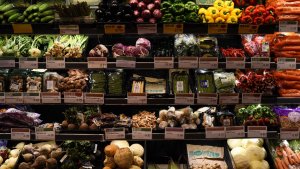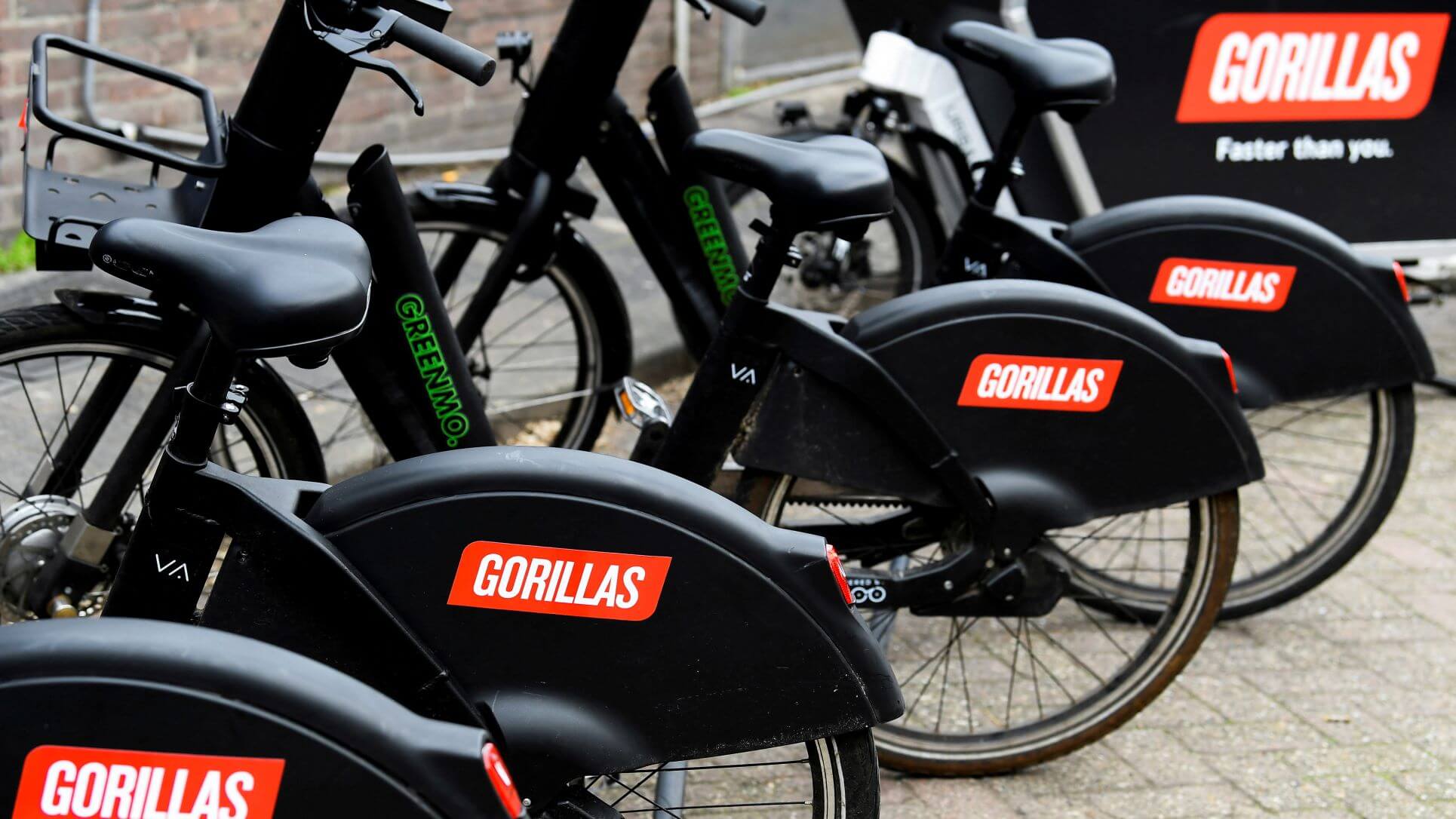Foods Trends Of Christmas Past, Present And Future
What will people be buying for Christmas dinner in 2030?

It already seems like the Dark Ages when the much desired ‘selection box’ was a Christmas highlight for every child in Britain, because six individually wrapped whole chocolate bars was more than most children had seen all year. This was the same era that blancmange was a popular dessert.
Christmas also ushered in the yearly exoticism of the prawn cocktail. Turkey was always de rigeur on Christmas day and the table centre piece was the Christmas cake, often painstakingly topped with a winter scene that was lodged into the hardest substance known to man; royal icing.
In the mid-90s celebrity chefs began to encourage recipe and menu rebellion. Around the turn of the new millennium, the way in which food was presented started to become more of a styling focus and previously whole deserts were offered by brands in mini individual portions.
Food of Christmas present
What we consider to be our current experience of Christmas can be divided into two very distinct phases; pre-pandemic in 2019 and post-pandemic up until the new year of 2023.
Three key shifts have happened during these past three years. Firstly, we became acutely aware of how much people meant to us and how sharing food was one of the anchors in our daily routine. We began cooking at home more mindfully and sharing food prep and creativity in the kitchen together.
Secondly, nature became our lifeline; we relished our daily walk and heard the words ‘forest bathing’ for the first time. Finally, our lives began to revolve around the table. It became a schooling hub, an office workstation, a family gathering space as well as a Zoom location which could be modified for meetings and social gatherings.
Given this trifecta of change within our lives, Christmas has been affected irreversibly. The key component of the Christmas meal became a dialled-up sharing concept. It is no longer about individual desserts and dishes but more about large sharing plates.
According to the data analysts Kantar, one million more Christmas puddings were sold in 2022 than the year before, giving a nod not just to sharing but also to tradition and heritage - both things we crave during periods of uncertainty and instability.
Christmas 2023 is really building on these themes of nostalgia and nature, with Christmas colours of plain green and red a distant memory. We can expect plenty of floral inspired desserts that pay homage to nature will also sit alongside retro puddings which have been given a modern twist – from baked Alaska and Battenburg to Black Forest Gateau.
80s nostalgia will also influence this Christmas as food is ‘blinged up’ with gold leaf and hyper-coloured packaging. Expect to see a revival of beautiful, decorative and embossed tins of chocolates and biscuits – Christmas keepsakes which the Victorians originally created to appeal to children.There will also be a rise in delicious non-alcoholic tipples for the growing teetotal market.
Food of Christmas future
One positive aspect of the pandemic is that it has given rise to what matters most to us. This has changed the future trajectory for many things including the way we will celebrate Christmas in future.
Looking into the future, let’s look at what will disappear by Christmas 2023:
- Goodbye Christmas cards: There are a number of countries in Europe which do not send Christmas cards and over the years we seem to following that trend. The rise of social media and our concerns around the environment, both contribute to the decline in this tradition.
- White Christmases: The 8 hottest Christmases on record have occurred in the past 10 years, therefore our snow scenes, songs and motifs will be less likely to be a real thing.
- Carolling: We see less and less of carolling and door knocking already, so we can expect it to be absent from our lives by 2030
- Food waste: The over-buying and over consumption at Christmas results in more food waste than usual (on average around 10% of all of Christmas food ends up in the bin), but this is coming into sharper focus and by 2030 our dinners will be less tolerant of wasteful behaviour.
Here’s a look at what we can expect to become the ‘norm’ by Christmas 2023:
- Eco-friendly gifting: Extravagant wrapping paper and gifts of things we don’t need or use, will be seen as tasteless. More and more, we will be gifting experiences, time, something we’ve made - plus we will re-use decorative materials to wrap our gifts.
- Health: Even at the Christmas table we will expect food with added goodness, multi-functional ingredients, lower processed sugar and much less stodge. With warmer winters, we will be looking for lighter lunches and less calories. Desserts and treats will be less sweet, as our overall pallet has already begun to accept less sugar in most processed foods.
- Personalised meals: The rise of food allergies, specific food preferences and more bio-hacking information will have a big impact - one meal type will not fit all so Christmas dinner will be more of a buffet of options. We will be sharing a smorgasbord of dishes, plant-based options and interesting new combinations.
- Food tech: Appliances will enable our home cooking to be easier and more integrated. We will have more in-house growing systems and in just a few years the AI tech will far exceed anything we can currently imagine, so cooking at home will be a much more efficient process.
- Augmented celebrations: The other area where we can expect to see a rise in tech is during the celebration itself with more augmented realities, haptic sweaters and even holograms to give the ability to share the day with absent loved ones – both far away and deceased.
In short, we can expect Christmas 2030 to be more about personalised nutrition with high tech components, paired with very eco-friendly attitudes in the way we think about waste. The celebration will focus more on the core moments of togetherness and joy whilst avoiding excess and extravagance.
Dr Morgaine Gaye is a food futurologist.
Thanks for signing up to Minutehack alerts.
Brilliant editorials heading your way soon.
Okay, Thanks!

